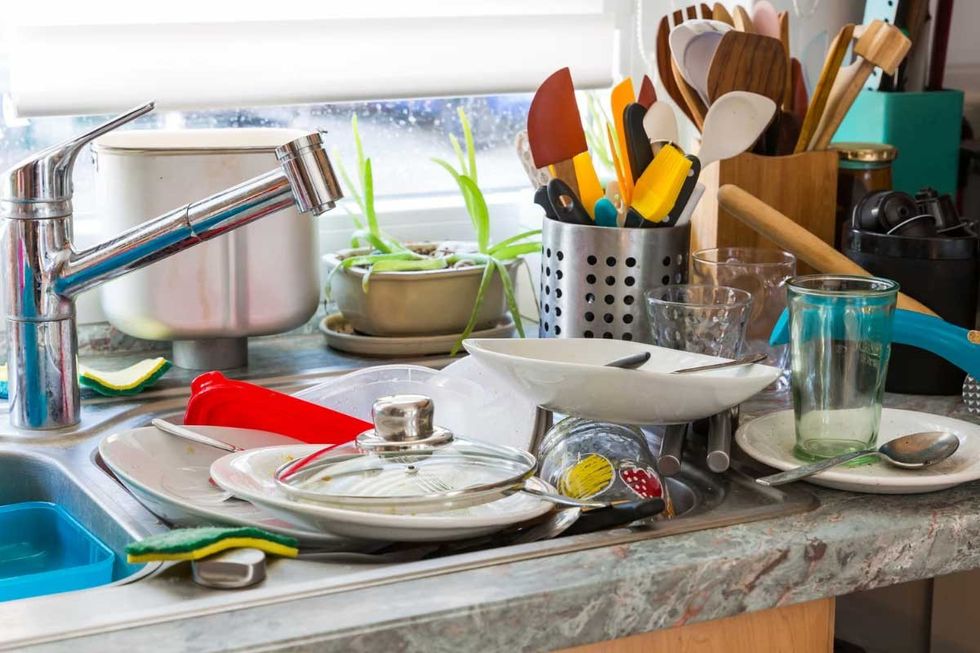The popularity of Oreo cookies has skyrocketed in recent years, with the iconic blend of vanilla and chocolate transforming many ordinary desserts. People love to experiment and integrate these cookies into milkshakes, ice-creams and even chocolates. And now, Oreo cookies have even grabbed the attention of MIT researchers for a reason that might seem insignificant but has left many scratching their heads.

MIT scientists are now investigating if an Oreo can be evenly split into two. According to the American Institute of Physics journal, a dedicated team of scientists hailing from the Massachusetts Institute of Technology decided to dig deep into the possibility of separating the two wafers of the cookie sandwich in such a way that even the creme filling is evenly split.
Dr Crystal Owens, a Ph.D. candidate in mechanical engineering at MIT who led this experiment, shared her own experience with the cookie in a conversation with VICE. She said, "I was personally motivated by a desire to solve a challenge that had puzzled me as a child: how to open an Oreo and get creme evenly arranged on both wafers?"
One of the biggest challenges people come across splitting the Oreo is to get the cream evenly on both sides, a sight which, in most scenarios, is labeled "difficult." Dr.Owens understands this frustration: "I preferred the taste of the cookies with the creme exposed. If I got a bite of wafer alone it was too dry for me, and if I dunked it in milk the wafer would fall apart too fast."
However, with the help of Oreology, the unthinkable phenomenon of splitting the cream evenly could be done with the help of Oreometer. But first, if one asks about Oreology, let's just say it is the science behind twisting Oreos. Back to the Oreometer, this multi-part clamp is based on the design of a laboratory rheometer that grips Oreos by each separate wafer, held securely by wound rubber bands, and elegantly applies torque using coins to split Oreos in half with scientific precision.
The findings of the study although did not bring much success to cause. The research team tested over 1,000 Oreos and tried out different variations to the experiment such as dipping the cookies in milk, changing the rotation rate of the device, as well as checking different Oreo flavors and filling quantities. The end product did not bring in progress and sadly, despite putting in the best efforts, the researchers were not able to find a solution to the creme distribution problem.
Just like others, Dr. Crystal Owens was also disappointed with the outcome of the experiment as she explained the failure, "In essentially all possible twisting configurations, the creme tends to delaminate from one wafer, resulting in one nearly bare wafer and one with almost all the creme. In the case that creme ends up on both wafers, it tends to divide in half so that each wafer has a 'half-moon' of creme rather than a thin layer, so there is no secret to getting creme evenly everywhere just by twisting open—you have to mush it manually if that's what you want."
For now, Oreo enthusiasts will have to rely on the uneven spread of the creme on their biscuits. It now comes upon consumers to explore and experiment to achieve the perfect creme-to-biscuit ratio.
Editor's note: This article was originally published on March 15, 2024. It has since been updated.

















 A symbol for organ donation.Image via
A symbol for organ donation.Image via  A line of people.Image via
A line of people.Image via  "You get a second chance."
"You get a second chance." 


 36 is the magic number.
36 is the magic number. According to one respondendant things "feel more in place".
According to one respondendant things "feel more in place". 
 Some plastic containers.Representational Image Source: Pexels I Photo by Nataliya Vaitkevich
Some plastic containers.Representational Image Source: Pexels I Photo by Nataliya Vaitkevich Man with a plastic container.Representative Image Source: Pexels | Kampus Production
Man with a plastic container.Representative Image Source: Pexels | Kampus Production
 Canva
Canva It's easy to let little things go undone. Canva
It's easy to let little things go undone. Canva
 Photo by
Photo by 
 Teens are waiting longer than at any point in the survey’s history. Canva
Teens are waiting longer than at any point in the survey’s history. Canva Chart on the age of a person’s first time having sex.National Survey of Family Growth/flowing data.com | Chart on the age of a person’s first time having sex.
Chart on the age of a person’s first time having sex.National Survey of Family Growth/flowing data.com | Chart on the age of a person’s first time having sex.